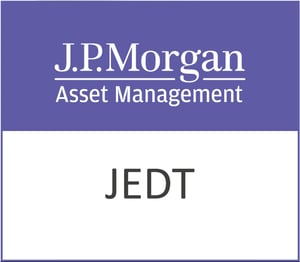Severn Trent PLC (LSE: SVT), a cornerstone player in the UK’s regulated water industry, stands as a significant entity within the utilities sector. With a market capitalisation of $8.05 billion, the company provides essential water and wastewater services to approximately 4.7 million households and businesses, while also dabbling in renewable energy generation and property development services. This multifaceted approach not only underscores its commitment to sustainability but also positions it strategically in a rapidly evolving market.
Presently trading at 2,683 GBp, Severn Trent’s share price has shown a relatively stable performance, with a 52-week range oscillating between 2,703 and 2,790 GBp. The current price sits close to the lower end of this spectrum, suggesting potential for movement, especially as market conditions fluctuate.
A key element for investors to consider is Severn Trent’s financial metrics, notably its hefty forward P/E ratio of 1,591.61. This figure indicates high expectations for future earnings, possibly inflated by the company’s ambitious growth plans or regulatory changes affecting the sector. This stands in contrast to the lack of available trailing P/E, PEG, and Price/Book ratios, which may imply challenges in traditional valuation assessments due to Severn Trent’s unique market position and revenue models.
The company’s revenue has grown by 4.5%, a promising sign of its ability to expand its core operations. However, a closer look at performance metrics reveals a significant free cash flow deficit of £870.6 million. This negative figure could raise red flags for potential investors, especially those focused on cash flow health. The 17.17% return on equity, however, highlights a robust capability to generate profit from its shareholders’ equity, which could mitigate concerns about the cash flow situation.
Dividend-seeking investors might find Severn Trent’s yield of 4.43% appealing, especially in an era of low interest rates. However, the payout ratio of 150.57% indicates that the company is returning more to shareholders than it earns, a practice that may not be sustainable in the long term without substantial earnings growth or strategic financial manoeuvring.
Market sentiment around Severn Trent remains varied, with analyst ratings split between 4 buy, 6 hold, and 2 sell recommendations. This mixed outlook is reflected in the average target price of 2,781.58 GBp, aligning closely with its current trading price but suggesting a modest potential upside of approximately 3.67%.
Technical indicators reveal that Severn Trent is currently trading below both its 50-day and 200-day moving averages, at 2,512.32 and 2,557.97 GBp respectively. The Relative Strength Index (RSI) of 29.82 suggests that the stock might be oversold, potentially presenting a buying opportunity for those willing to bet on a price rebound. Meanwhile, the MACD and Signal Line figures of 54.63 and 26.62 further illustrate a potentially bullish momentum in the near term.
Severn Trent’s position in the utilities sector, paired with its strategic initiatives in renewable energy and property development, exemplifies its adaptability in an industry that is both heavily regulated and crucial to public well-being. For investors, the challenge lies in balancing the attractive dividend yield and growth potential against the backdrop of high valuation metrics and cash flow concerns. As Severn Trent continues to navigate these complexities, it remains a noteworthy contender for those seeking exposure to the utilities sector with a focus on sustainability and innovation.









































